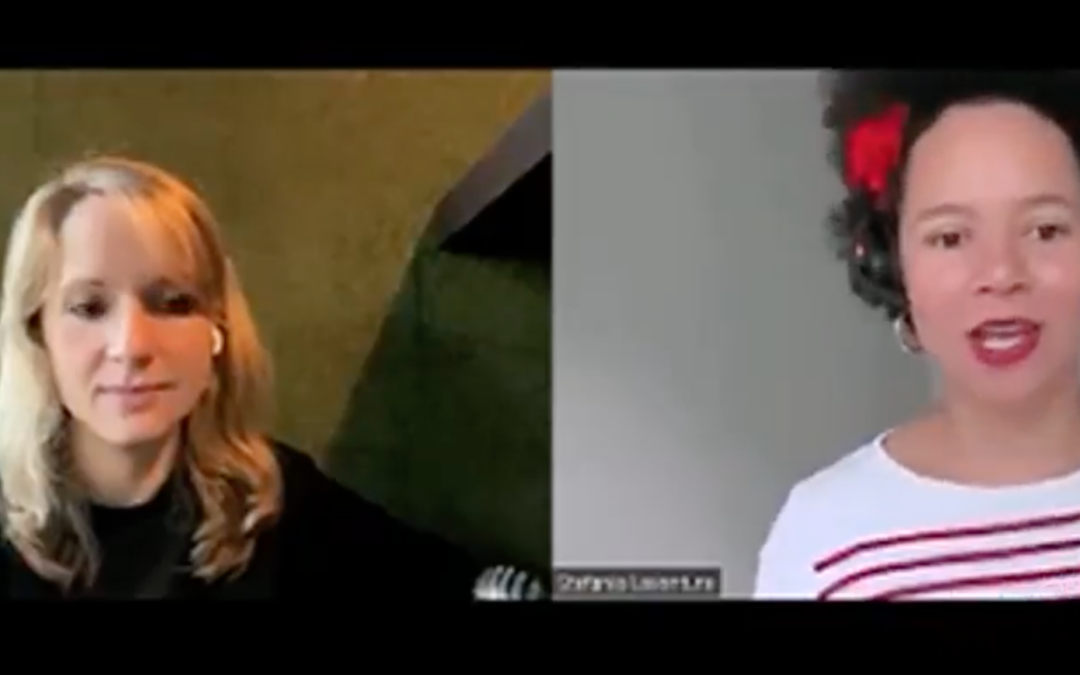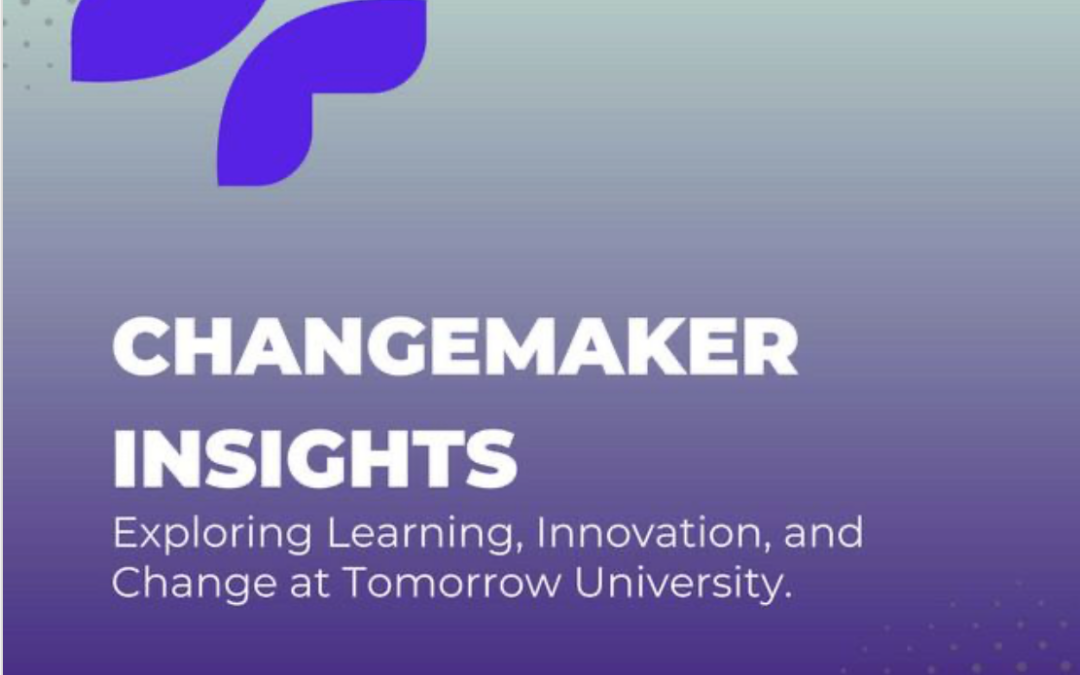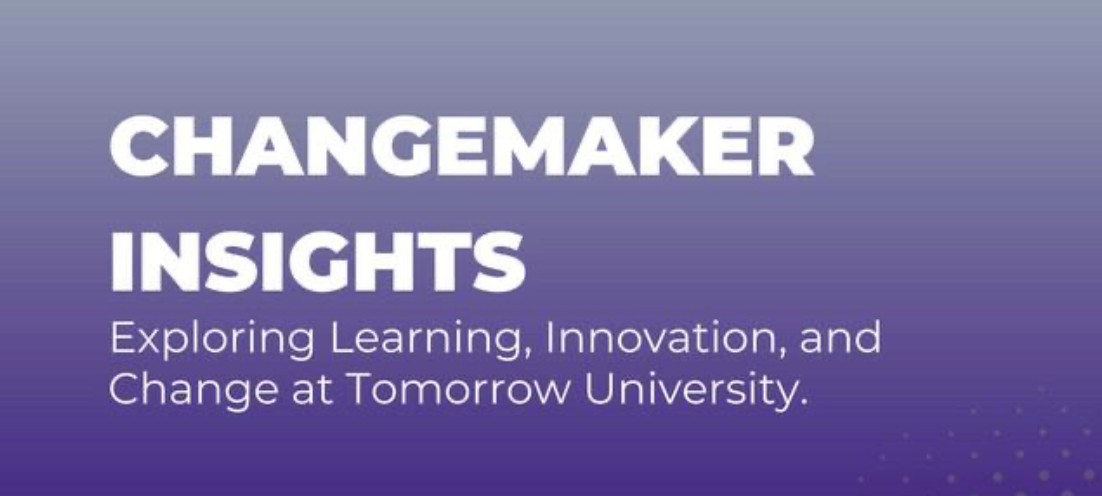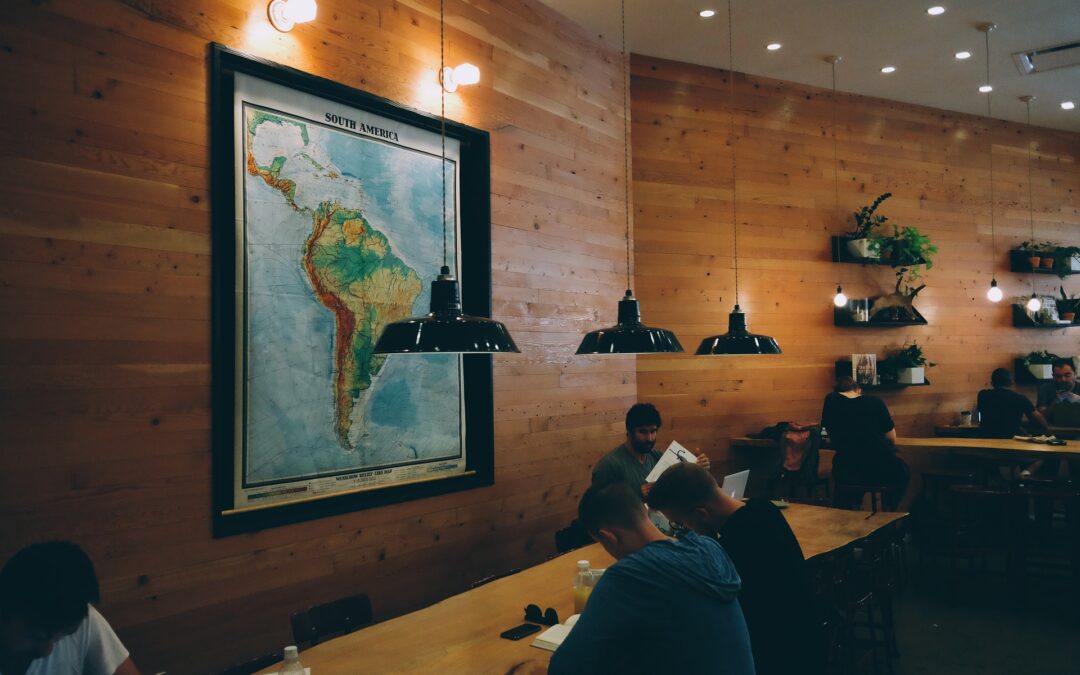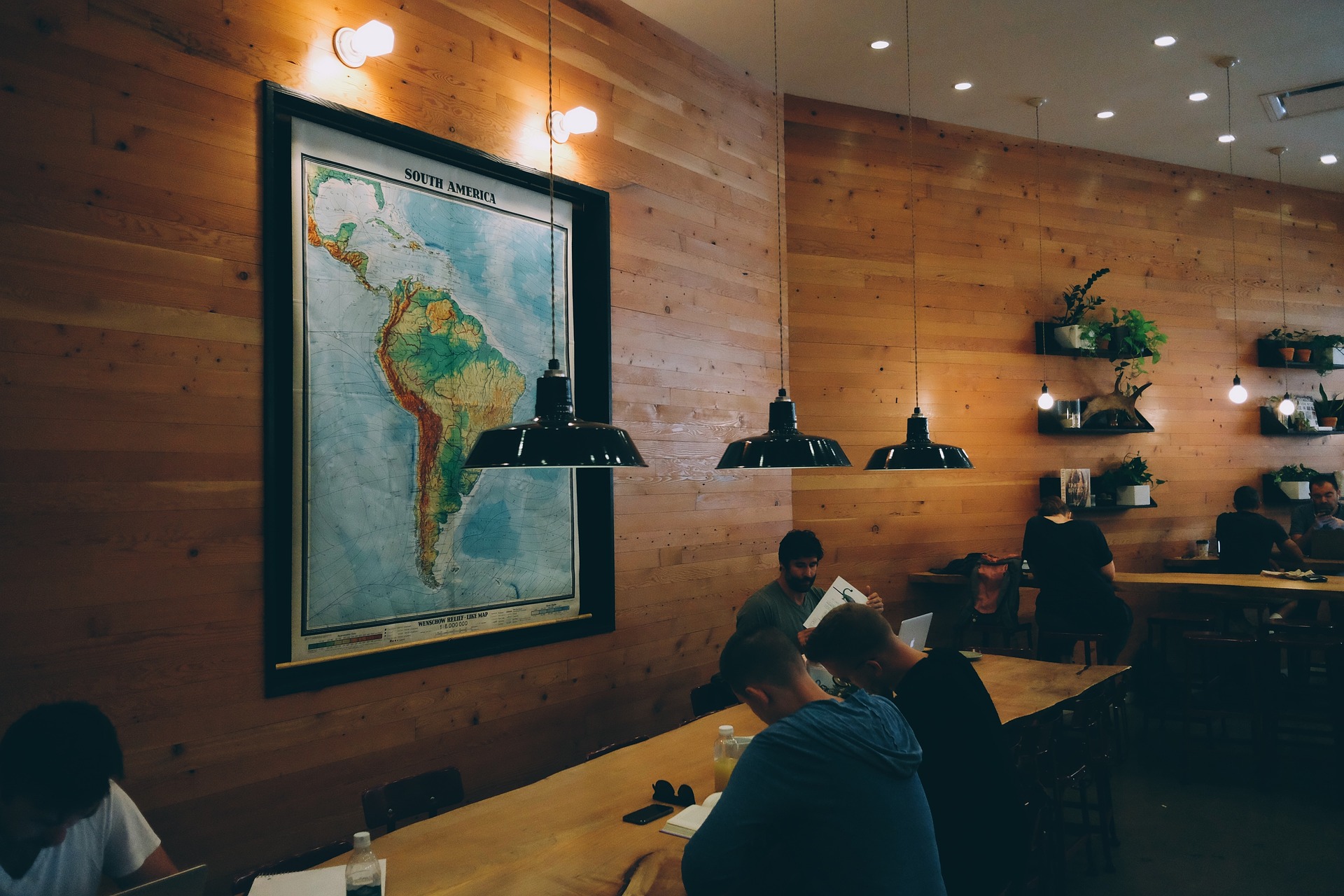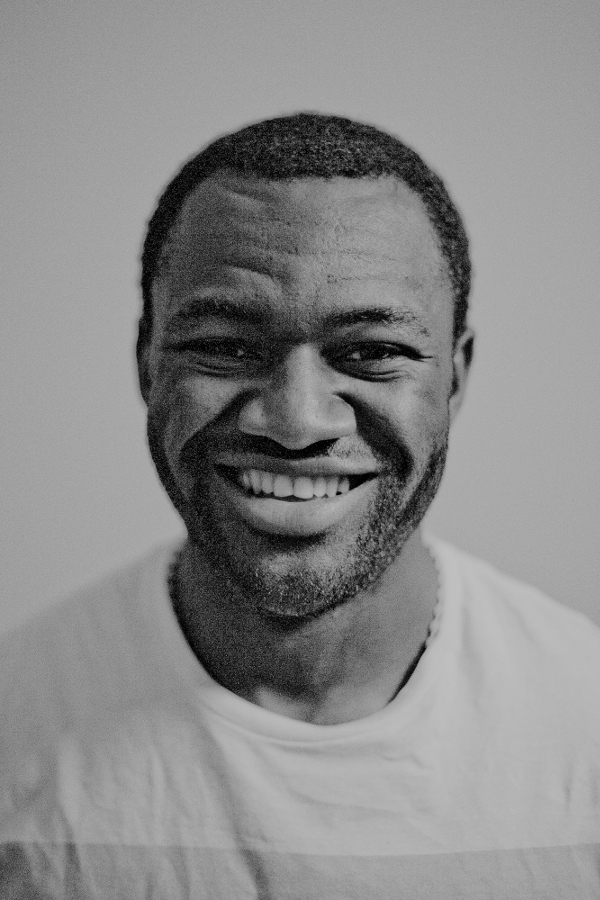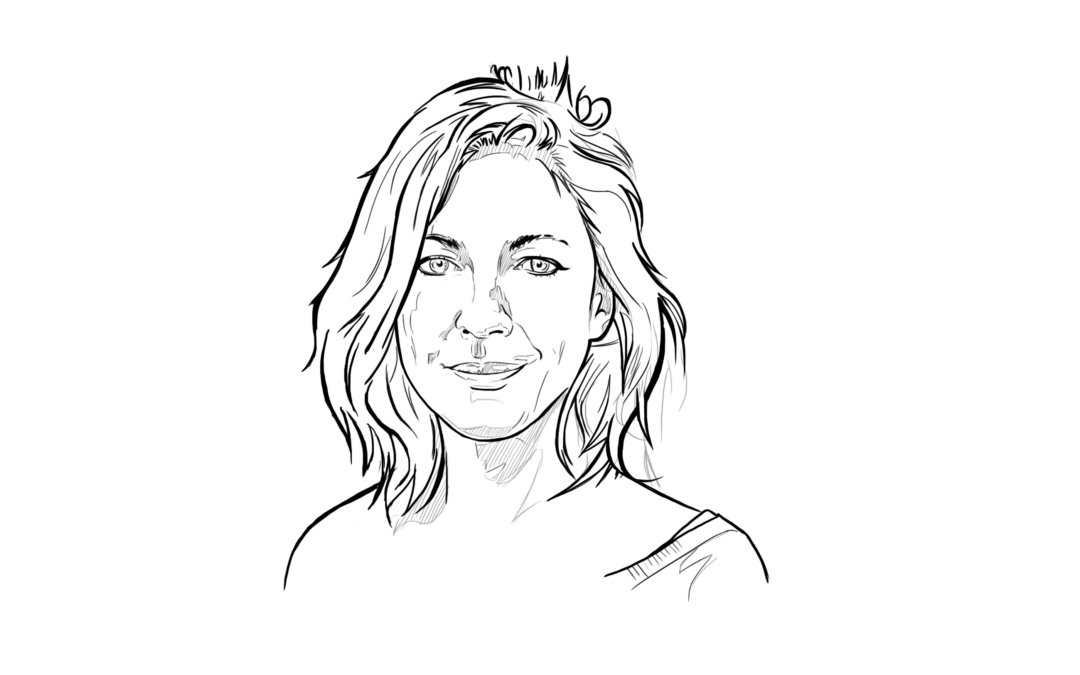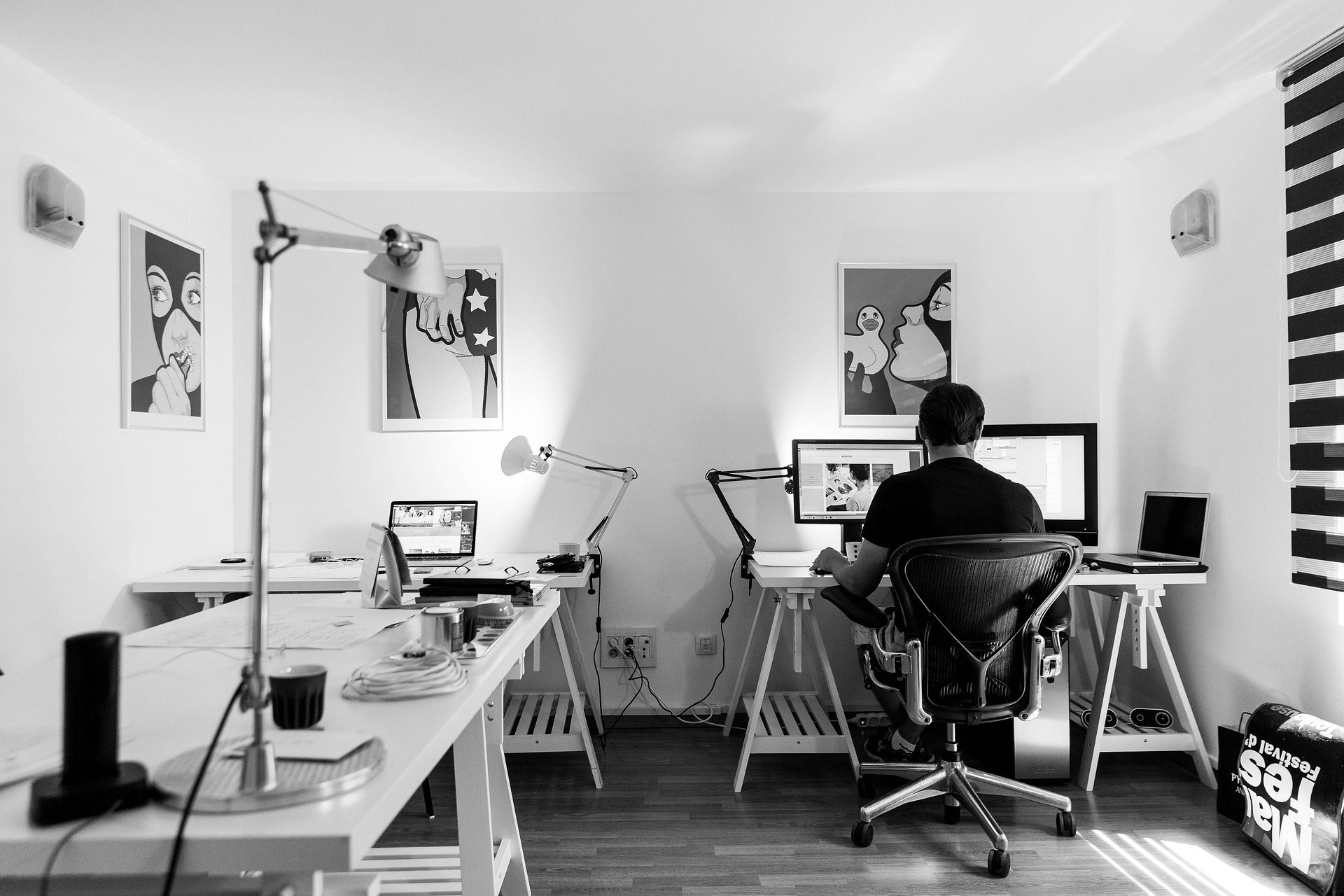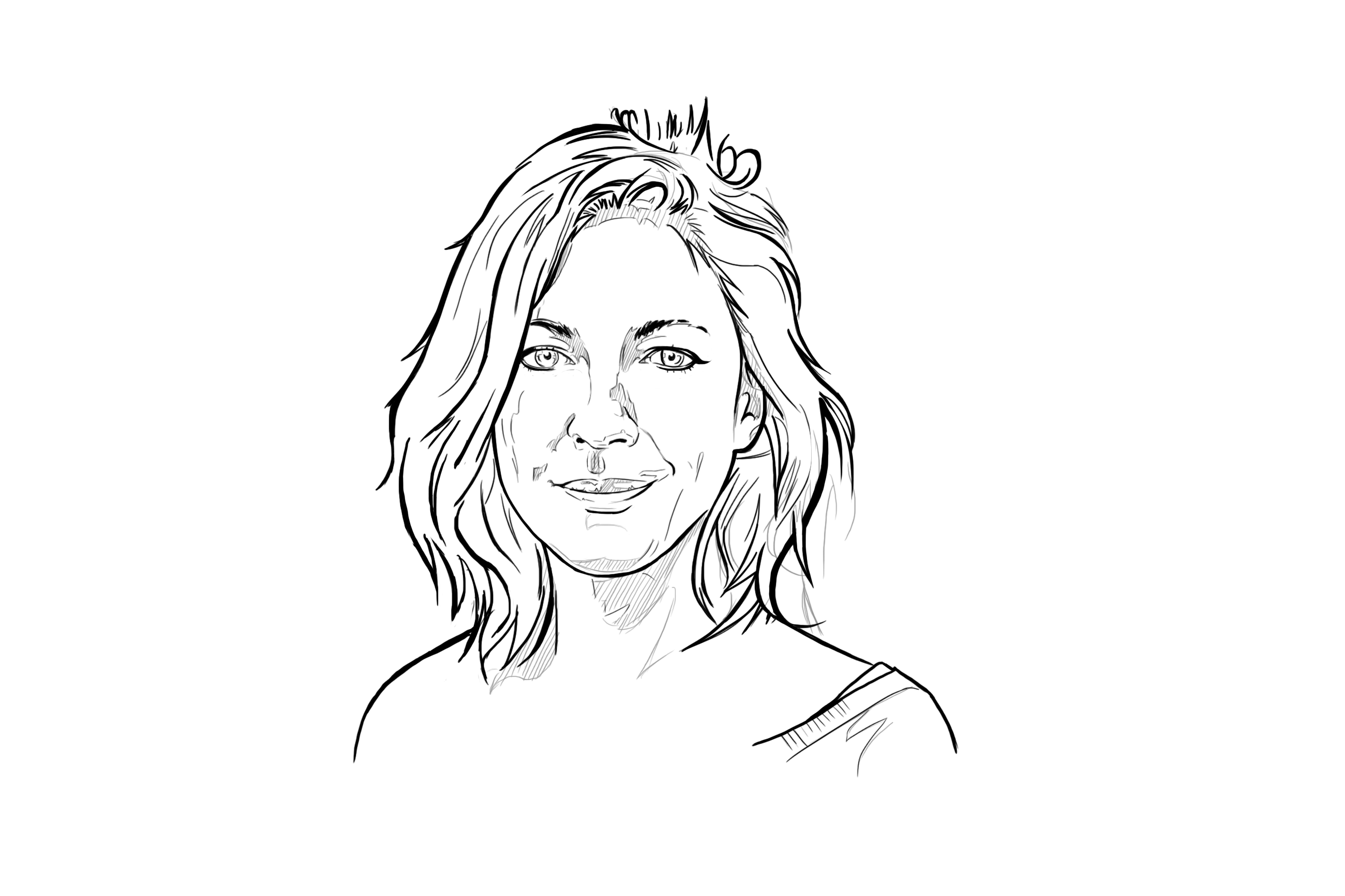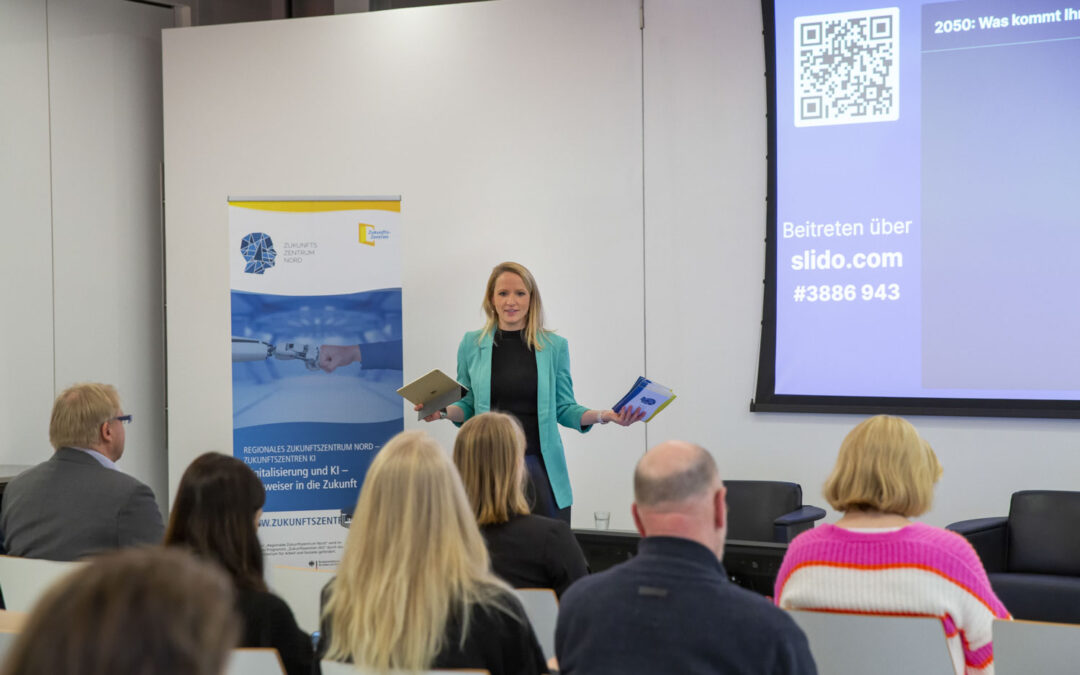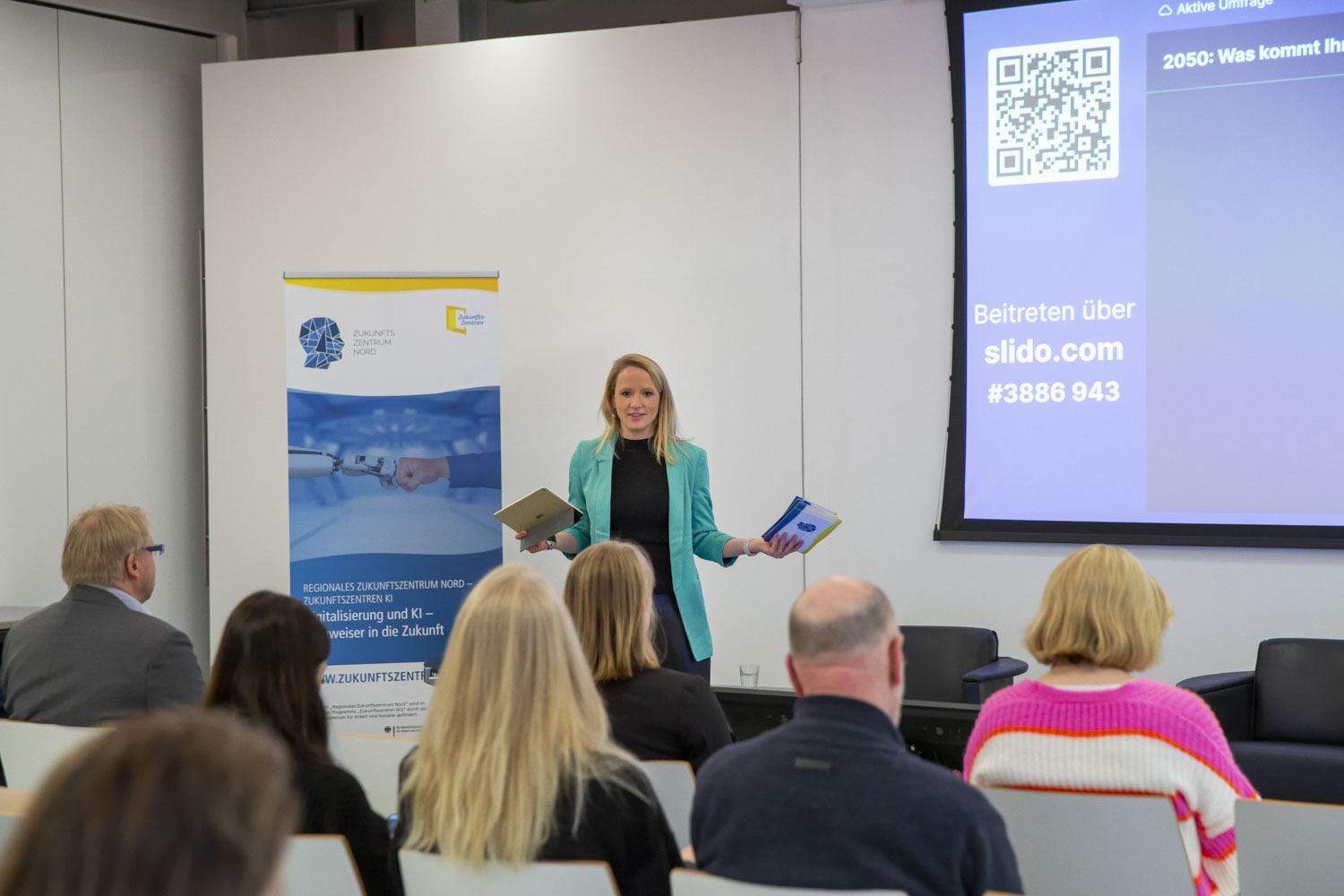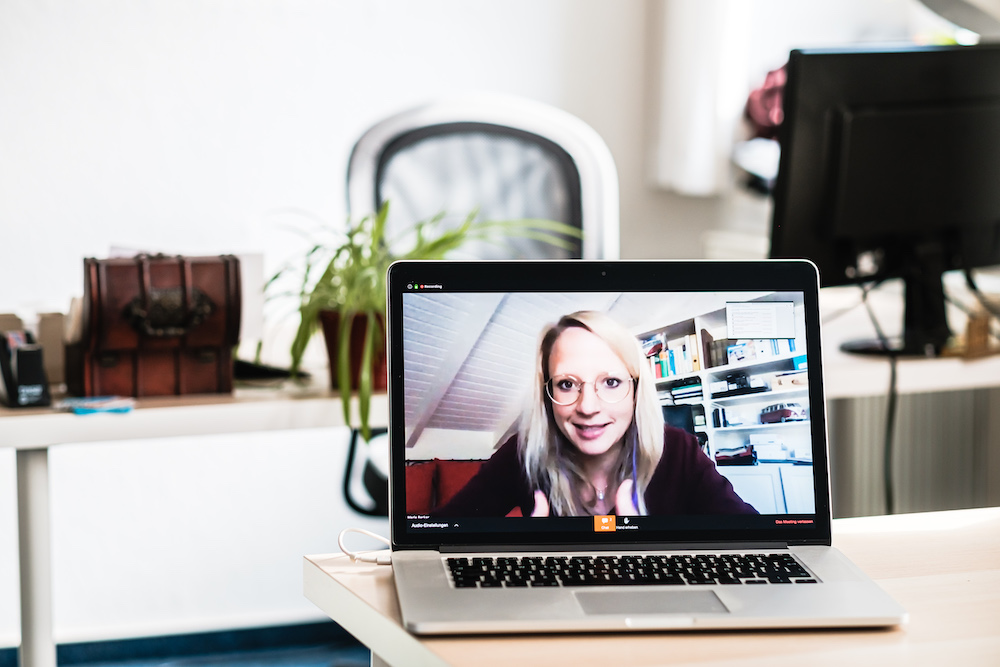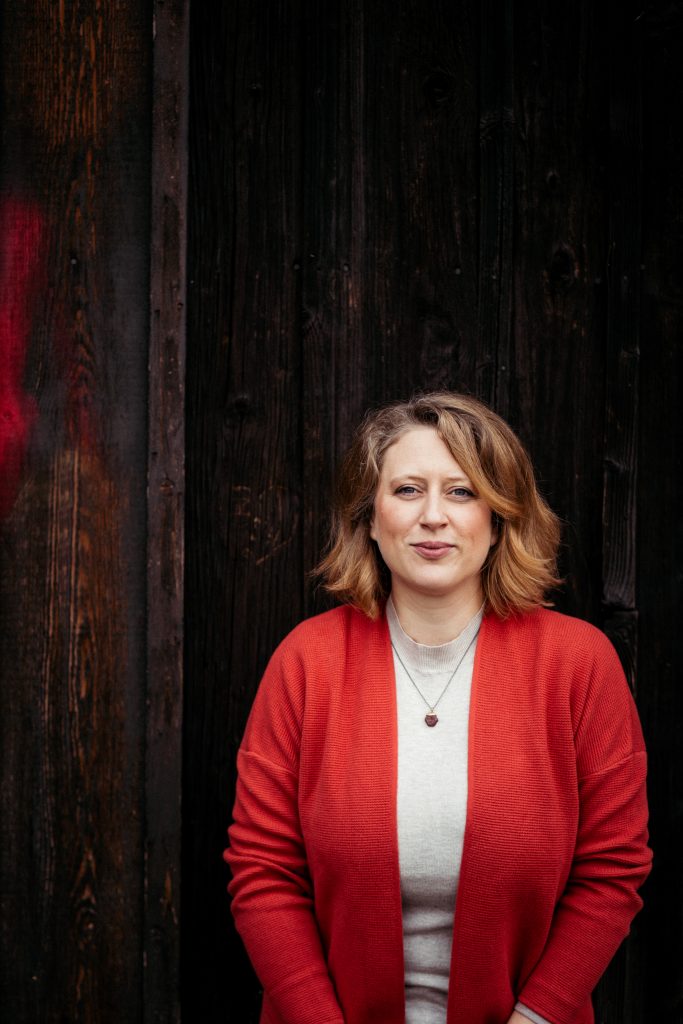
Unlearning Mental Models for effective Transformation

In my last blog post, I argued that we need Radical Responsibility instead of the Triple Bottom Line. Now, I want to delve deeper into what the concept of „Radical Responsibility“ actually means. For this, I’ll take a look at the concept of Self-Leadership and demonstrate why we need to unlearn existing mental models.
We must take radical responsibility for transforming our way of living and working. Everything we have learned based on the life and work environment of the 20th century, we must unlearn and transform ourselves, our thoughts, and our actions. To address the global challenges and solve the multiple problems we face today, it requires individuals capable of overcoming cultural, linguistic, and organizational barriers, bridging divides, and integrating diverse perspectives. These individuals can reconcile and balance different needs, serving as bridge builders for interpersonal connections. They can merge and connect the individual strengths of diverse people, fostering a kind of overarching cosmopolitan identity.
Radical responsibility means taking responsibility for one’s own thoughts, actions, emotions, and decisions – and not blaming own behaviour to the system we live in. This entails assuming responsibility for one’s role in the world – not just in the immediate environment, but truly in the global context. Everything is interconnected, and we all have an influence on – and thus a responsibility for – global events.
Vanessa Hagerbaumer writes: “Radical responsibility is the foundational practice of a well-lived life, and the first step toward personal freedom.” (Hagerbaumer 2022). And Celinne Da Costa adds on that: “When you take radical responsibility, you control when and how you access happiness. You pick your own path and get what you want.” (Da Costa 2020).
Initially, both authors only refer to individual happiness, but this also influences other levels and thus has a direct impact on the organizational level and the global level. Individual radical responsibility thus also influences the actions of the company and ensures that the concept of the TBL is more than just a marketing tool. And the actions of the company, in turn, influence other companies, other sectors of the economy, and ultimately have global ramifications.
Particularly crucial is the individual responsibility for leadership figures. The passion of leaders is contagious and will resonate throughout the rest of the company: “Individual Social Responsibility is the foundation of a purpose-driven organization that assumes Social Responsibility. It is the prerequisite for an organization’s transformation to continue to be successful in the 21st century.” (Köster 2021a: 3).
Self-Leadership
This responsibility requires a great deal of clarity, honesty, awareness, and self-leadership. Marco Furtner describes self-leadership as a process of targeted self-influence aimed at enhancing personal performance. While leadership is based on influencing other people, self-leadership aims to influence one’s own cognitive processes. Individuals with high self-leadership skills are highly aware of both themselves and their environment. I would like to supplement this definition by emphasizing that it is not only about enhancing one’s own performance but also about increasing personal impact.
To truly implement and embody this type of leadership, we must rid ourselves of all that holds us back in old patterns of behaviour. This requires harmoniously integrating intellect, body, emotion, and consciousness. Self-leadership involves being aware of one’s various abilities on all levels (mentally, emotionally, and physically). It entails fully harnessing these abilities by reducing obstacles and adjusting circumstances – taking radical responsibility .
Therefore, leaders are tasked with questioning their beliefs and self-reflecting on whether their own purpose and individual mission align with that of the company. In the form of self-leadership, leaders can learn to purposefully influence their own thoughts, emotions, and behaviors (in the form of “Inner Work”). This is also evident in the literature surrounding the “New Work” concept, as exemplified by works such as “New Work needs inner Work” (Breidenbach 2019). Studies indicate that this has a positive impact on personal performance. These are topics not typically taught at most business schools, yet they are indispensable for the future’s life and work environment.
This new approach fundamentally alters something in corporate leadership: the focus is no longer solely on the intellect, i.e., the rational mind, but also on the emotions and individual bodies of the leaders and individuals. However, unlearning mental models acquired during one’s socialization is a challenging task. And yet, simultaneously, an increasing number of leaders are realizing the urgent need for change.
Mental Models
Mental models are thoughts or opinions that stem from preconceived opinions that are generally accepted in the society we live in, and which we have adopted as our own . They are multiple beliefs on a specific topic form our mindset, which frequently determines whether we view a topic optimistically or pessimistically. Both positive and negative mental models exist. While positive beliefs empower us and prompt action, negative ones often hinder us from realizing our full potential. Previously, it was believed that changes in those mental models were only possible up to about the age of 20, but recent neuroscience findings have challenged that. For instance, it has been shown that beliefs formed in childhood are further reinforced in later life due to the brain’s filtering function, which selectively perceives everything that reinforces the belief. Beliefs act unconsciously as filters through which we perceive the world and thus govern our behaviour.
In our working world, shaped during the 20th century reason is often dominant over emotions or the body. This leads to high costs due to burnout and bore-outs, high employee turnover, and high stress levels. This reason dominance is evident in the most common mental models. The suppression of emotions is not only exhausting but indeed harmful. Emotions serve as a source of energy and efficacy. They must be acknowledged and consciously managed to unleash their effectiveness. Effective leaders have internalized this approach, aligning mind, body, and heart. They have to face their fears. With mindfulness, our mental and emotional patterns become visible. We bring them from the unconscious into consciousness, where we can deal with them purposefully. This is a process of clearing out, through which we gain clarity about ourselves.
Sources
-
-
Barker, P. /van Schaik, P. 2012: Mental Models and Lifelong Learning, in: Seel, N.M. (eds) Encyclopedia of the Sciences of Learning. Boston: Springer.
-
Da Costa, C. 2020: How To Take Radical Responsibility For Your Happiness And Success, Forbes, online: https://www.forbes.com/sites/celinnedacosta/2020/07/14/how-to-take-radical-responsibility-for-your-happiness-and-success/?sh=4a2db64f2235 (Last accessed 13.02.24).
-
Doermann, J. 2021: Glaubenssätze aus neurowissenschaftlicher Sicht, Coaching Blog, online: https://juttadoermann.com/was-sind-glaubenssaetze/ (Last accessed 13.02.24).
-
Furtner, M. 2017:Self-Leadership: Basics, Wiesbaden: Springer Fachmedien Wiesbaden.
-
Furtner, M. 2018:Self-Leadership: Praxis und Anwendung, Wiesbaden: Springer Fachmedien Wiesbaden.
-
Hagerbaumer, V. 2022: 10 Ways to Take Radical Responsibility for Your Life, LinkedIn, online: https://www.linkedin.com/pulse/10-ways-take-radical-responsibility-your-life-hagerbaumer-acc-calc/(Last accessed 13.02.24).
-
Köster, K. 2021a: Responsible Leadership in the 21st Century – Transforming Organizations with the Twelve Alignments, online unter: https://www.koesterpartner.de/de/12alignments/ (Last accessed 13.02.24).
-
Köster, K. 2021b: Inner Leadership – selbstbewusst und authentisch führen, Berlin, Heidelberg: Springer.
-


